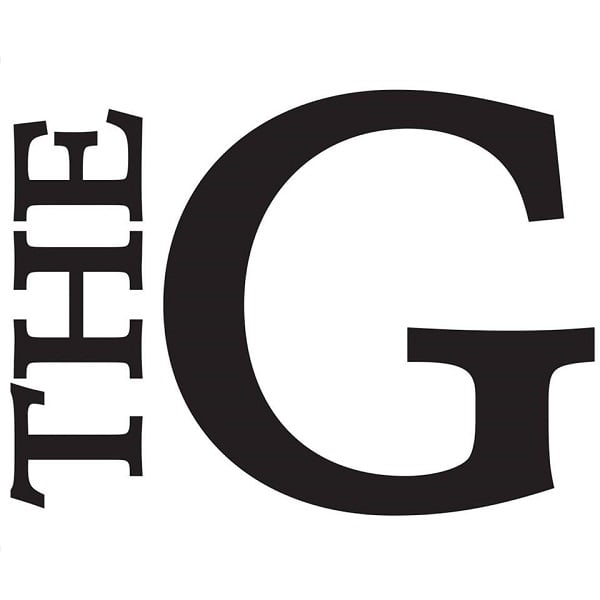Transgender individuals are often blamed for identifying with the “wrong” gender, but it is society that mistakenly sorts people into two categories.
According to the Australian Human Rights Commission, there are 23 genders.
Children especially suffer society’s stereotypes. A perfect example is 6-year-old Coy Mathis.
Mathis, a female born in a male body, was told she may no longer use the girls’ bathroom at her school in Colorado. She is instead to use the boys’ bathroom, the faculty bathroom or the nurse’s bathroom, according to CNN.
Puberty doesn’t hit until around the age of 10, so it seems as though her using the girls’ bathroom shouldn’t be a problem. At the same time, the other children sharing that restroom most likely have never been exposed to the male body, which could cause problems.
Still, the fairest thing would be to let Mathis use the girls’ bathroom. There are stalls, so there is no reason why she should be exposed to any other children or they to her.
Making a child use the faculty or nurse’s bathroom is singling them out and is wrong. Unless all children have permission to use those facilities, it would be marking the few who did.
A simple way to avoid this debate, though, and more importantly to avoid hurting Mathis or any other child, would be to have gender-neutral bathrooms.
“Calling children ‘boys and girls,’ having segregated bathrooms, etcetera, all reinforces the assumption that we have only two genders or . . . a binary system of gender,” said Associate Professor of Sociology and Anthropology Julie Winterich.
It is easy to tell a person they don’t belong somewhere, but where are you then saying they do belong? If she can’t use the boys’ bathroom because she identifies as a girl and can’t use the girl’s because she has a “boy’s” body, what can she do?
Obviously the two-way system we are living in, allowing only the choice of male or female, is the flaw.
“Our society polices gender conformity in a variety of ways, so a child who wants to identify with the opposite sex is viewed as ‘non-conforming’ or perhaps having a ‘gender identity disorder,’” said Winterich. “This language locates the ‘problem’ in the individual instead of our society’s rigid ideas about gender.”
It can be easy to blame the person and say that he or she is confused, especially in the case of a child.
However, most children develop a gender identity between the ages of two and four, according to Stephanie Brill and Caitlin Ryan, Ph. D., ACSW, National Association of Social Workers.
In a case such as Mathis, let us turn to the bigger question of how we can change society.
“Why do we, as a society, care with which, if either, gender people identify?” said Winterich. “Let people identify how they want at whatever age, including small children.”
The most basic definition of “transgender,” according to the LGBT Community Center, is a word that applies to someone who doesn’t fit within society’s standards of how a woman or a man is supposed to look or act.
If that doesn’t show that society is the problem, I don’t know what does.






